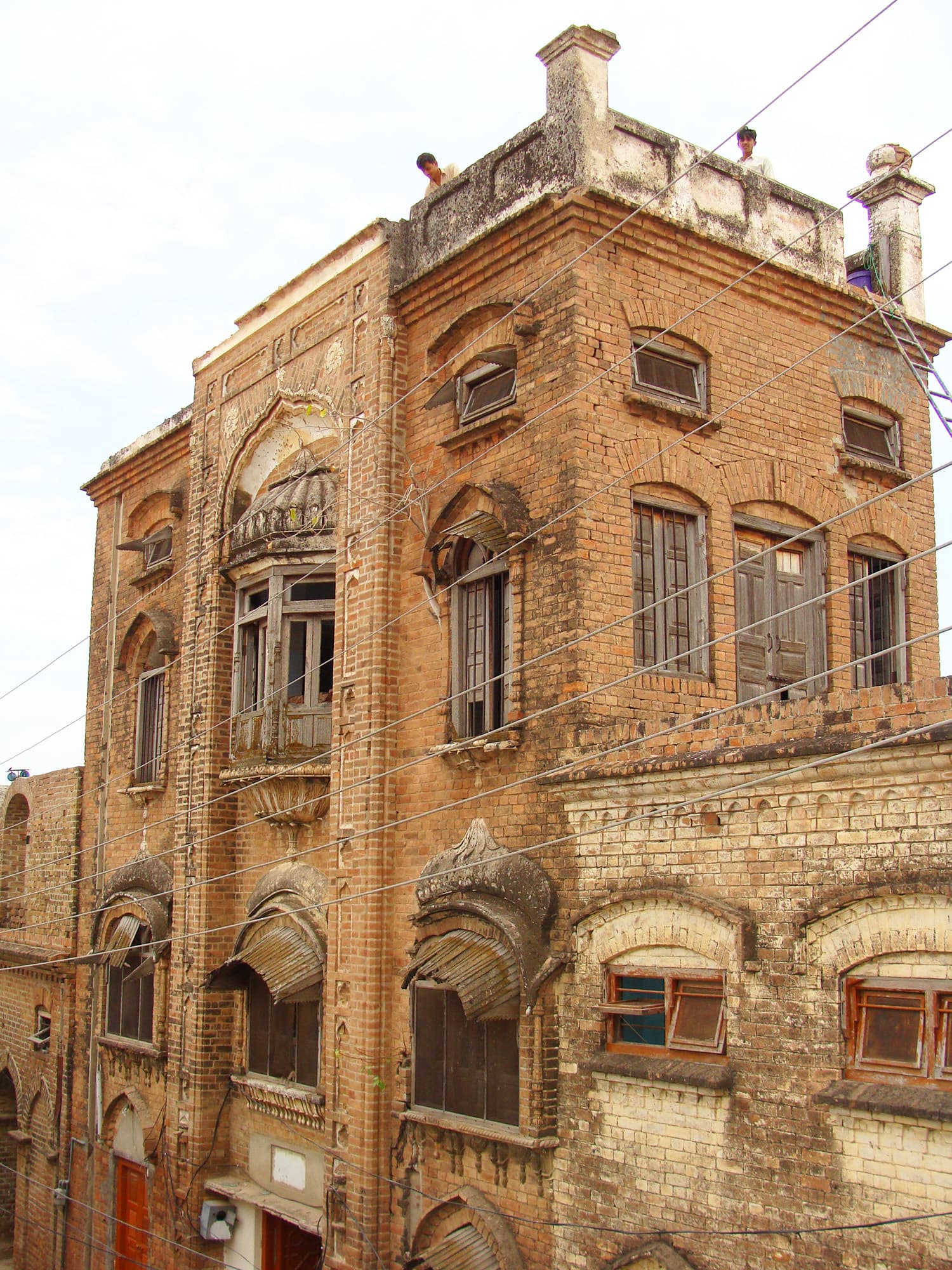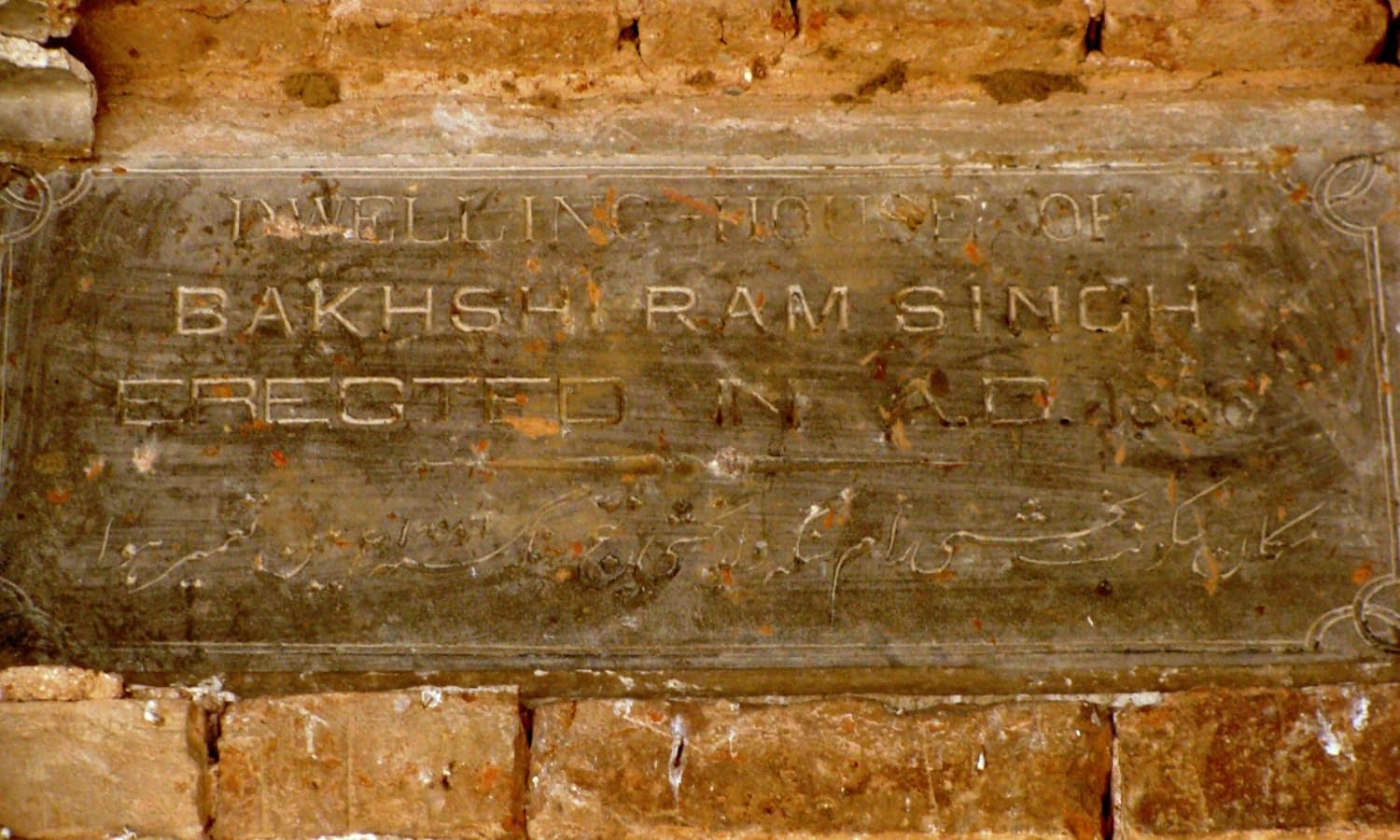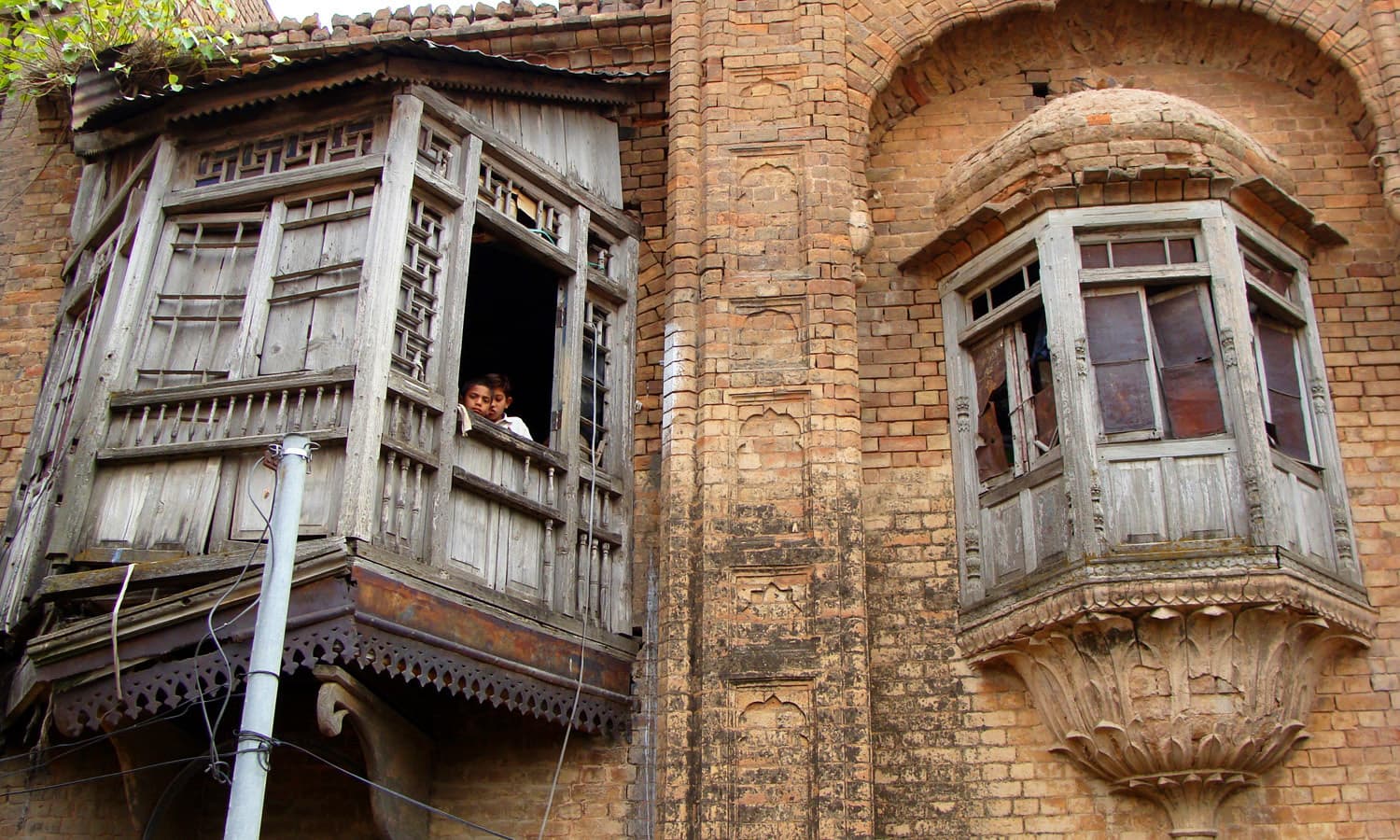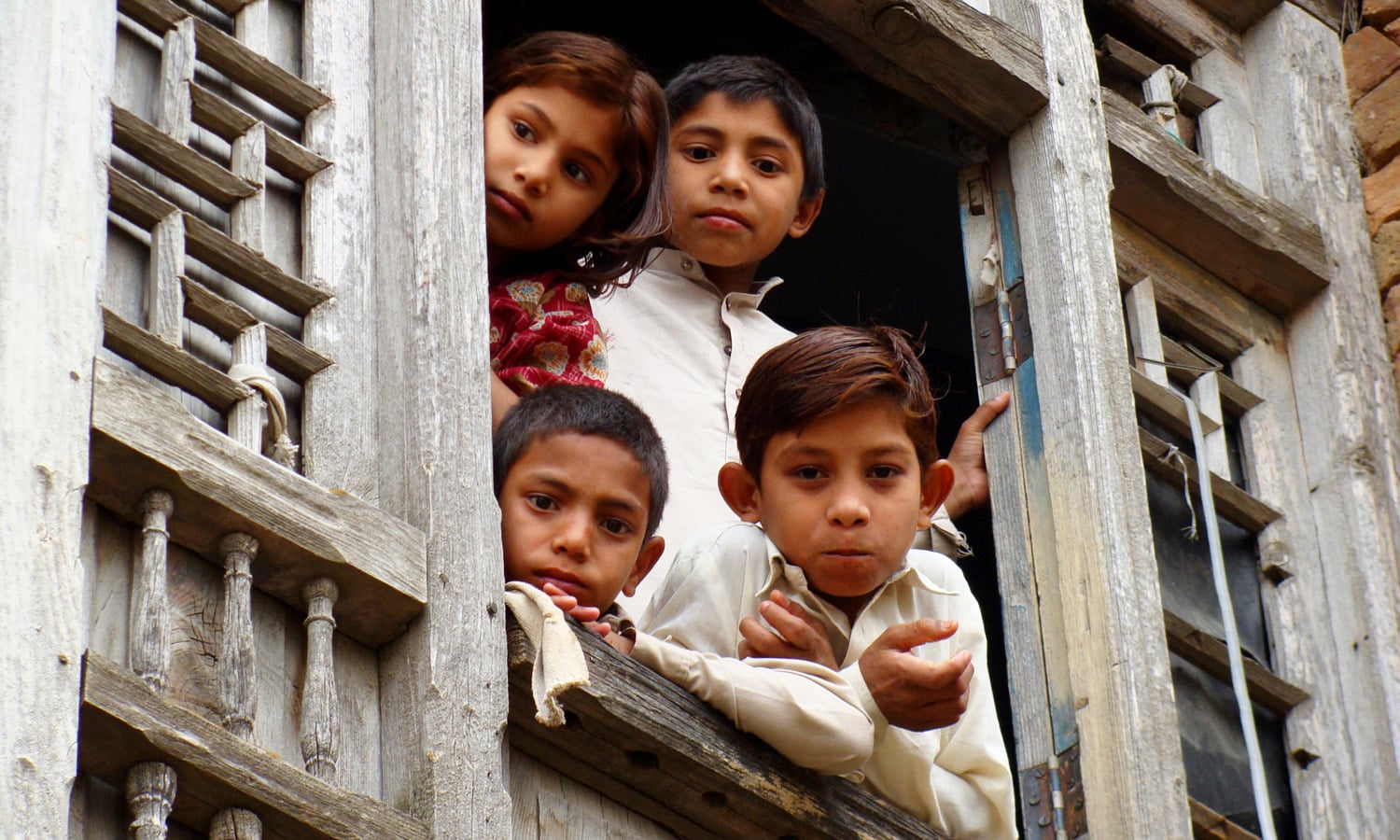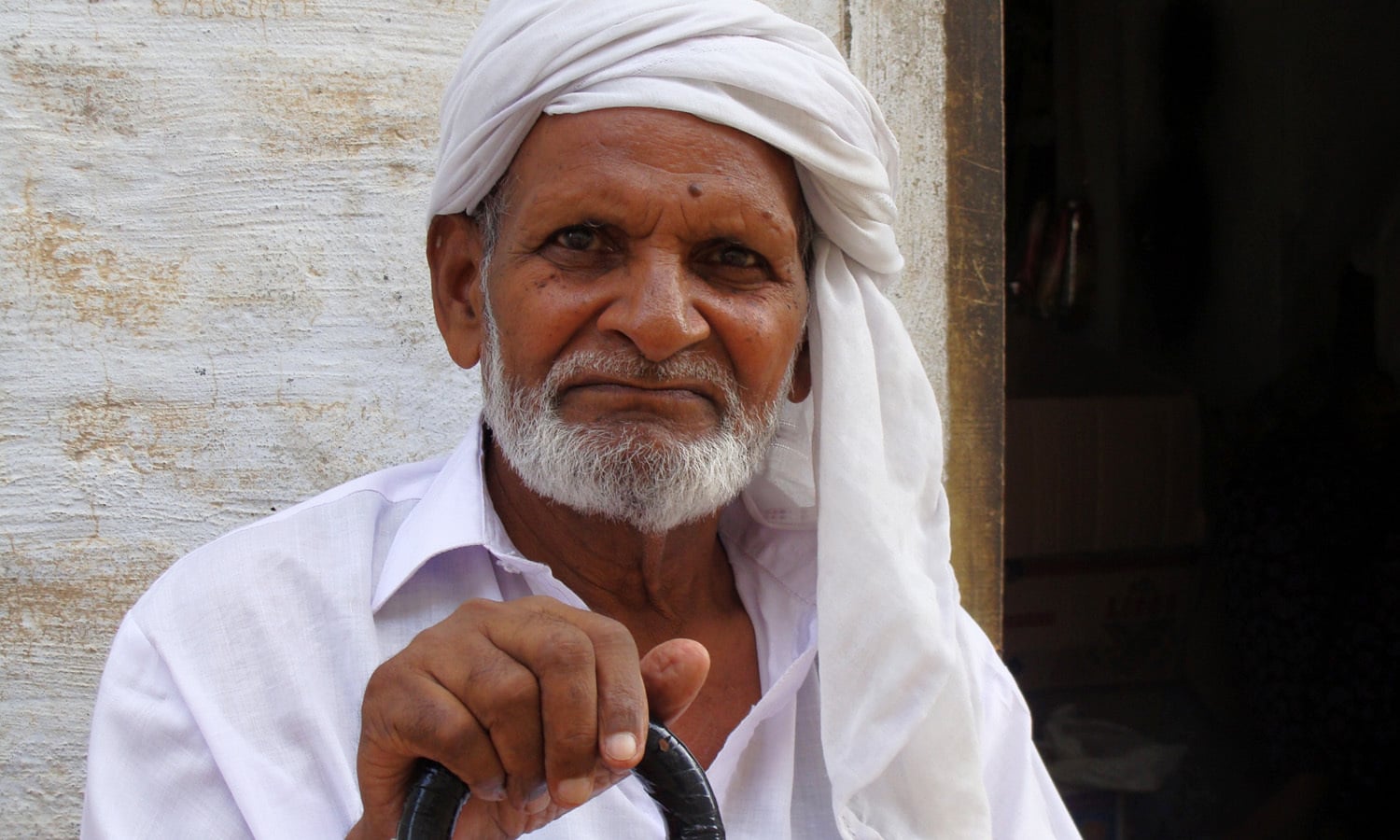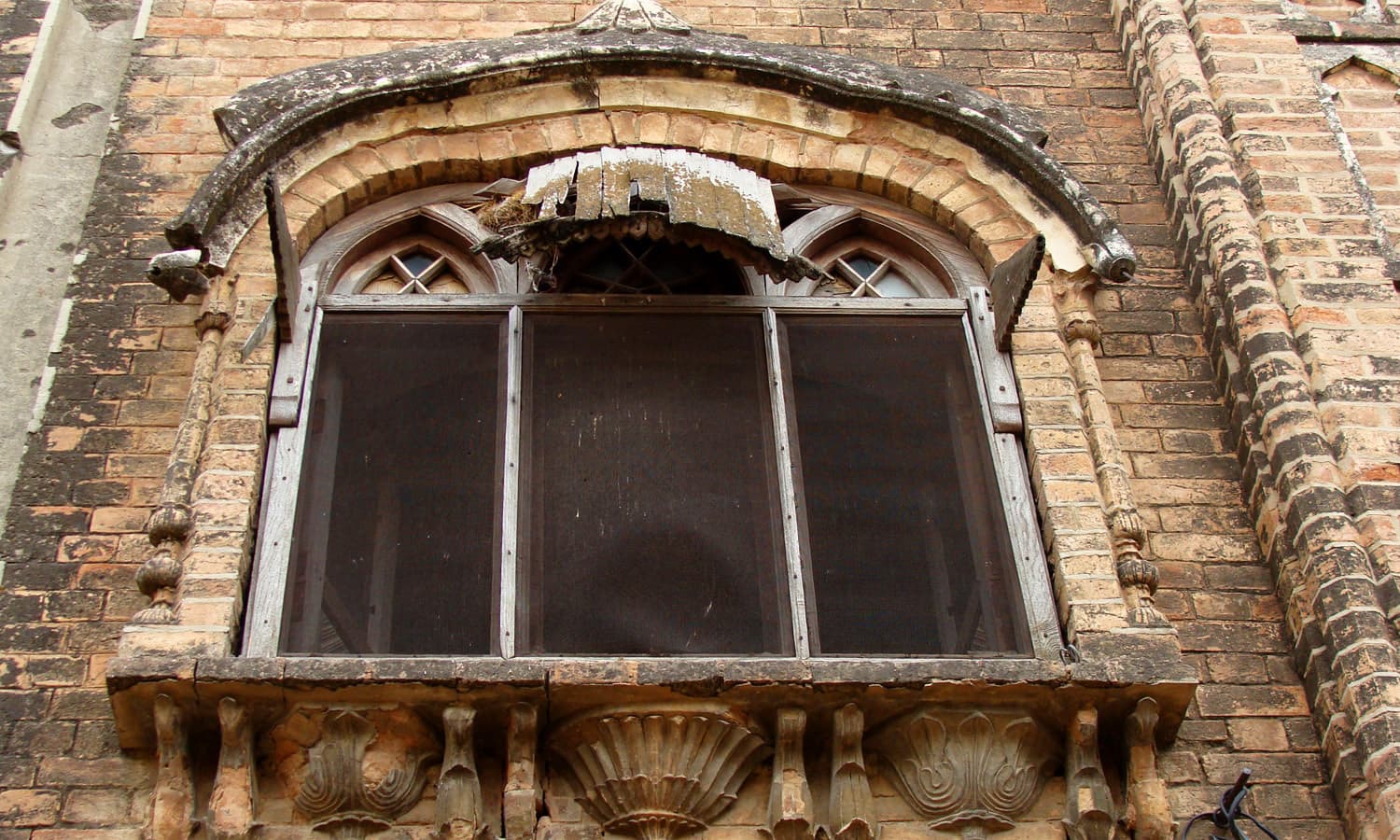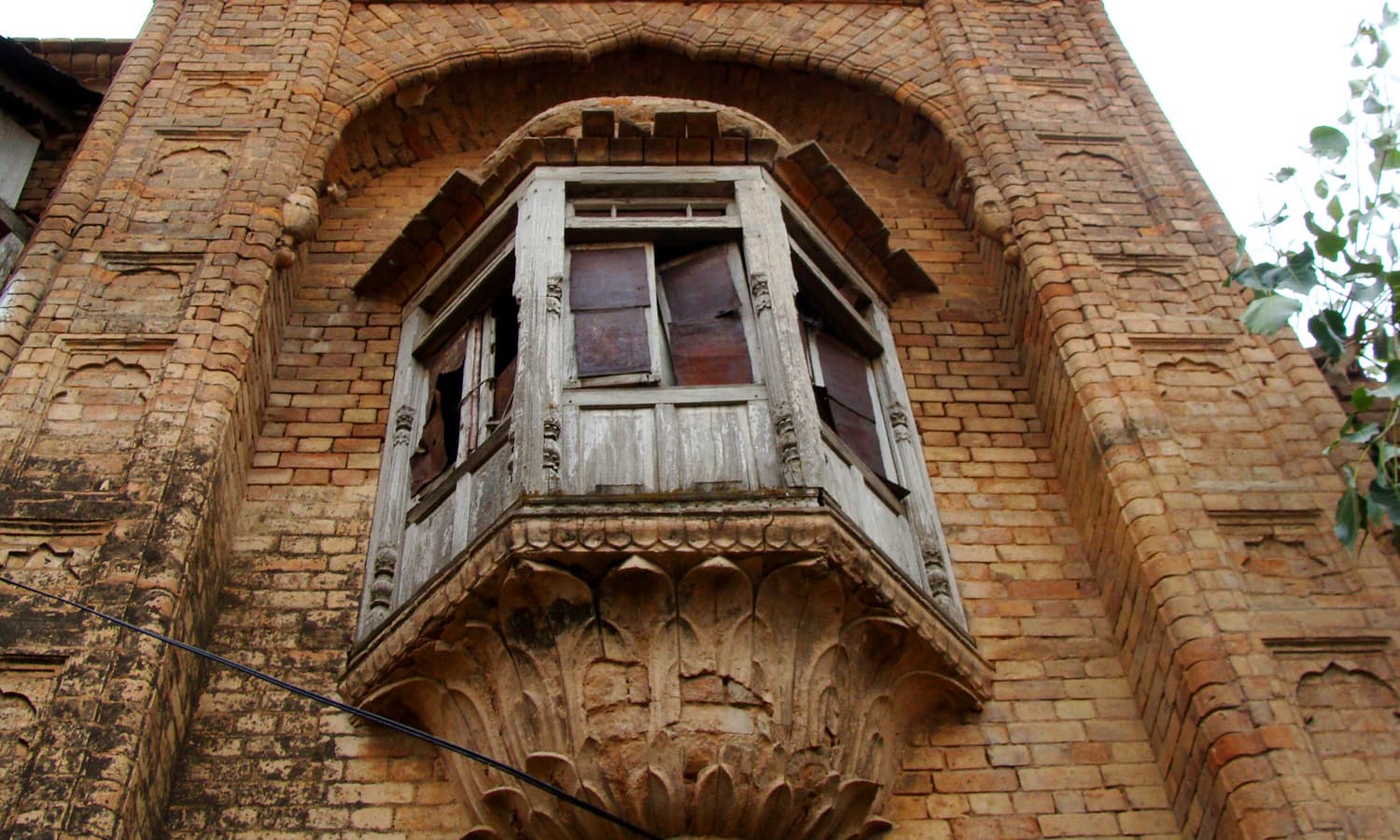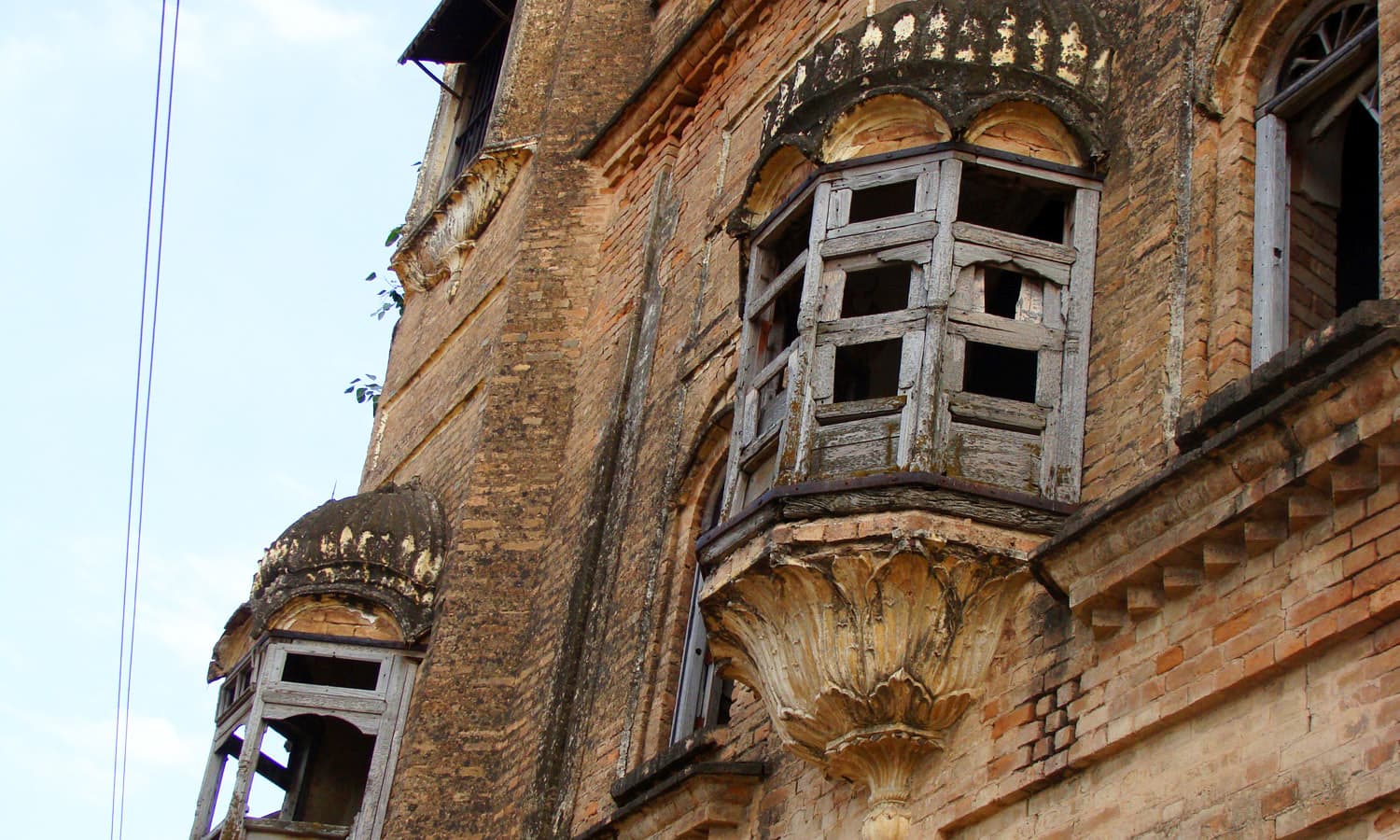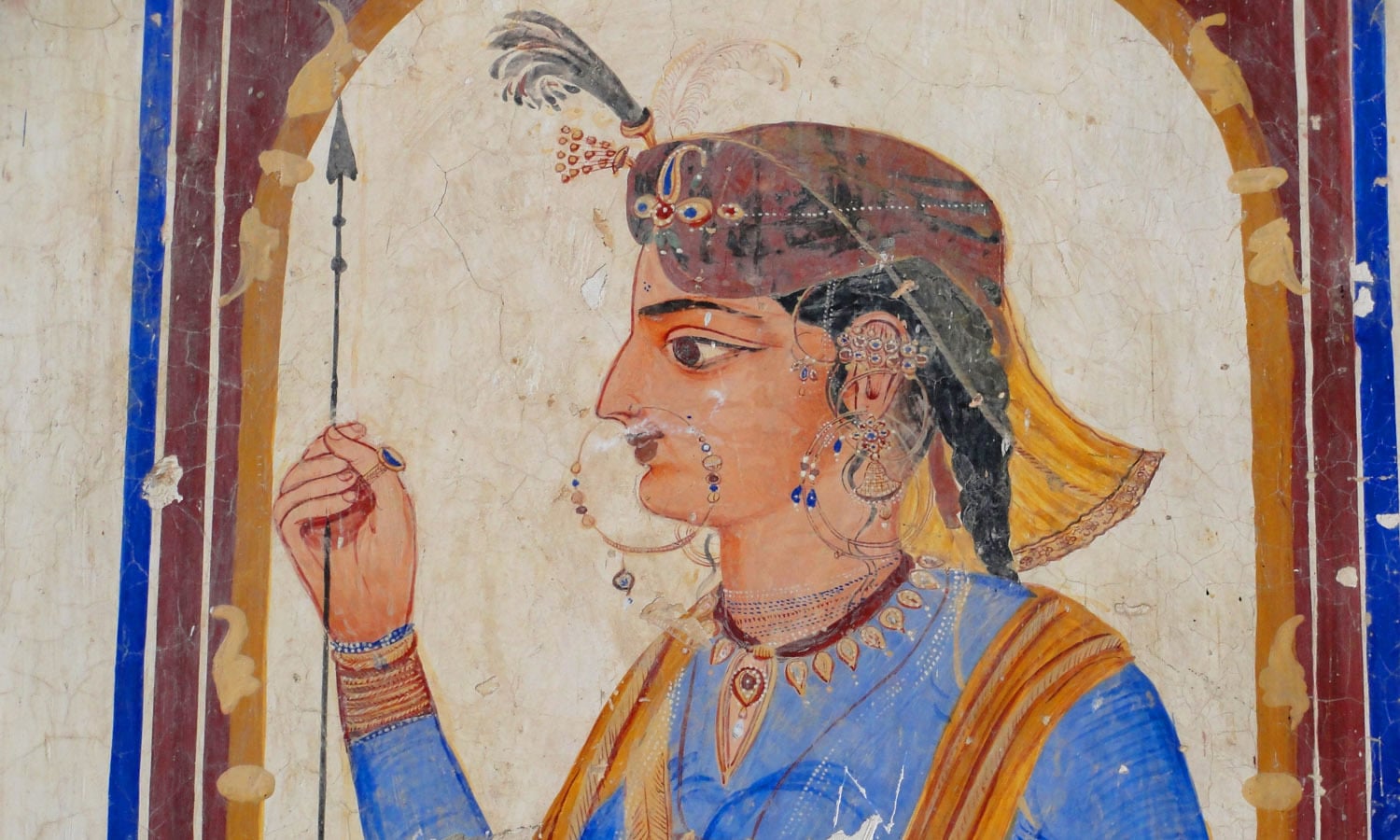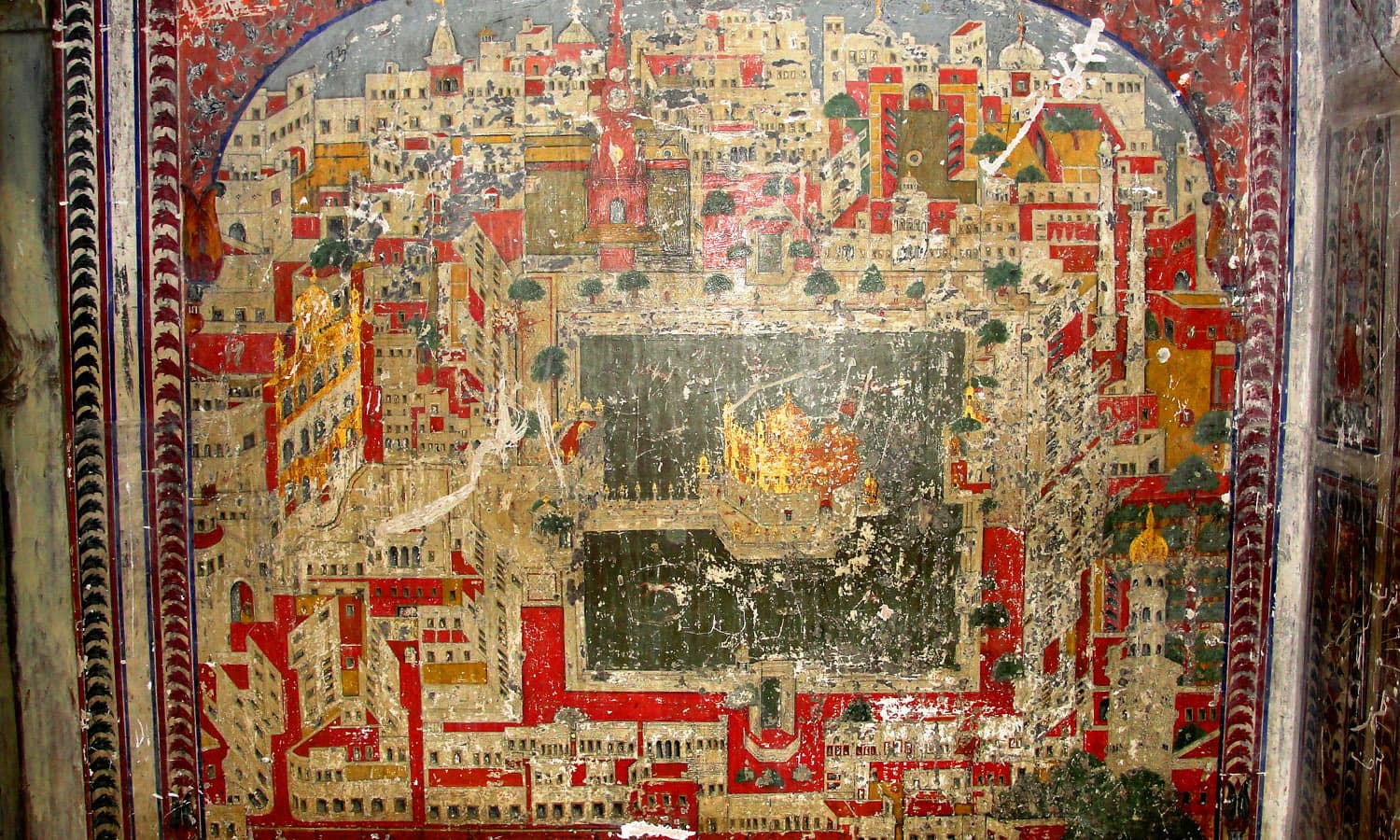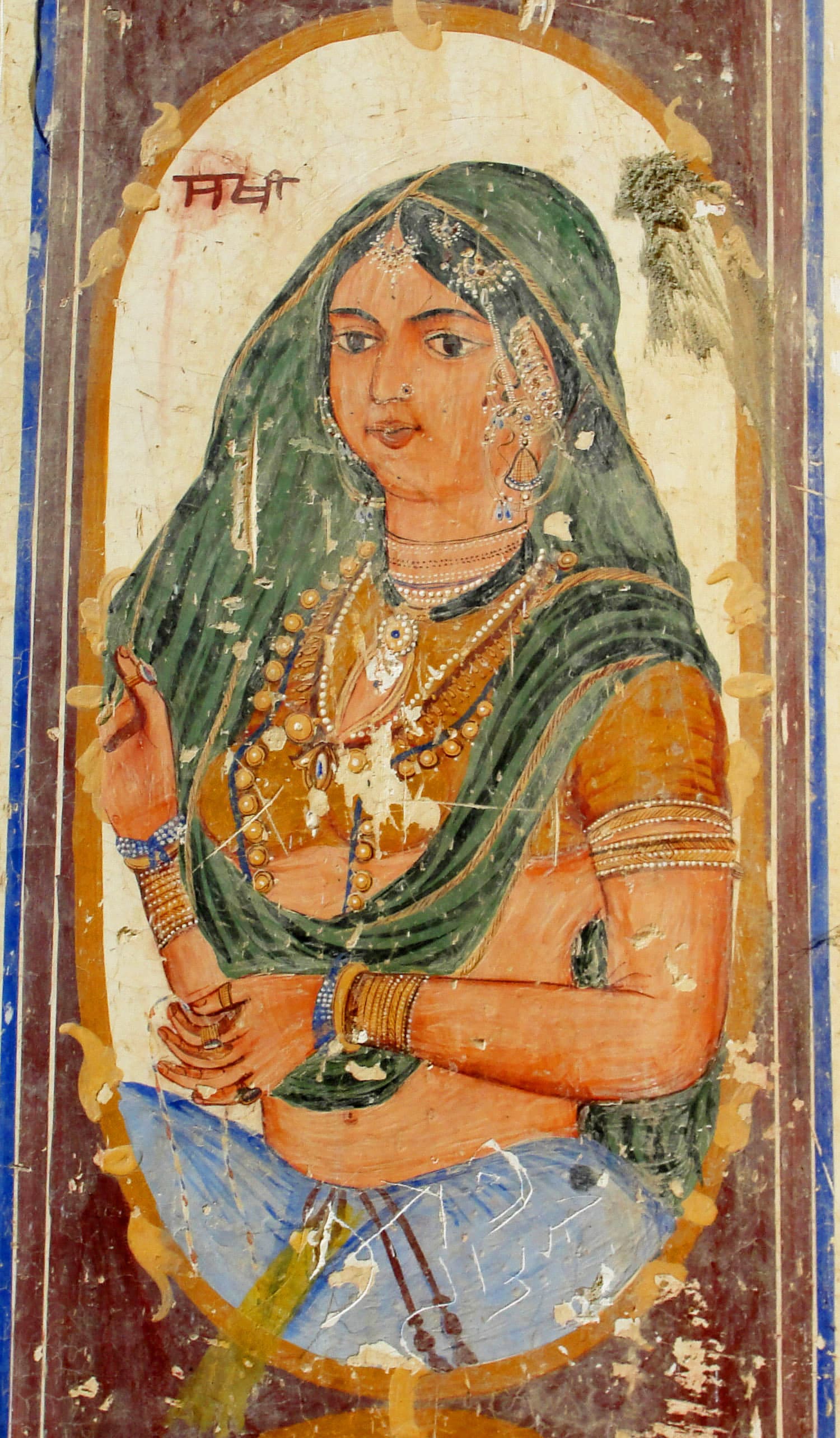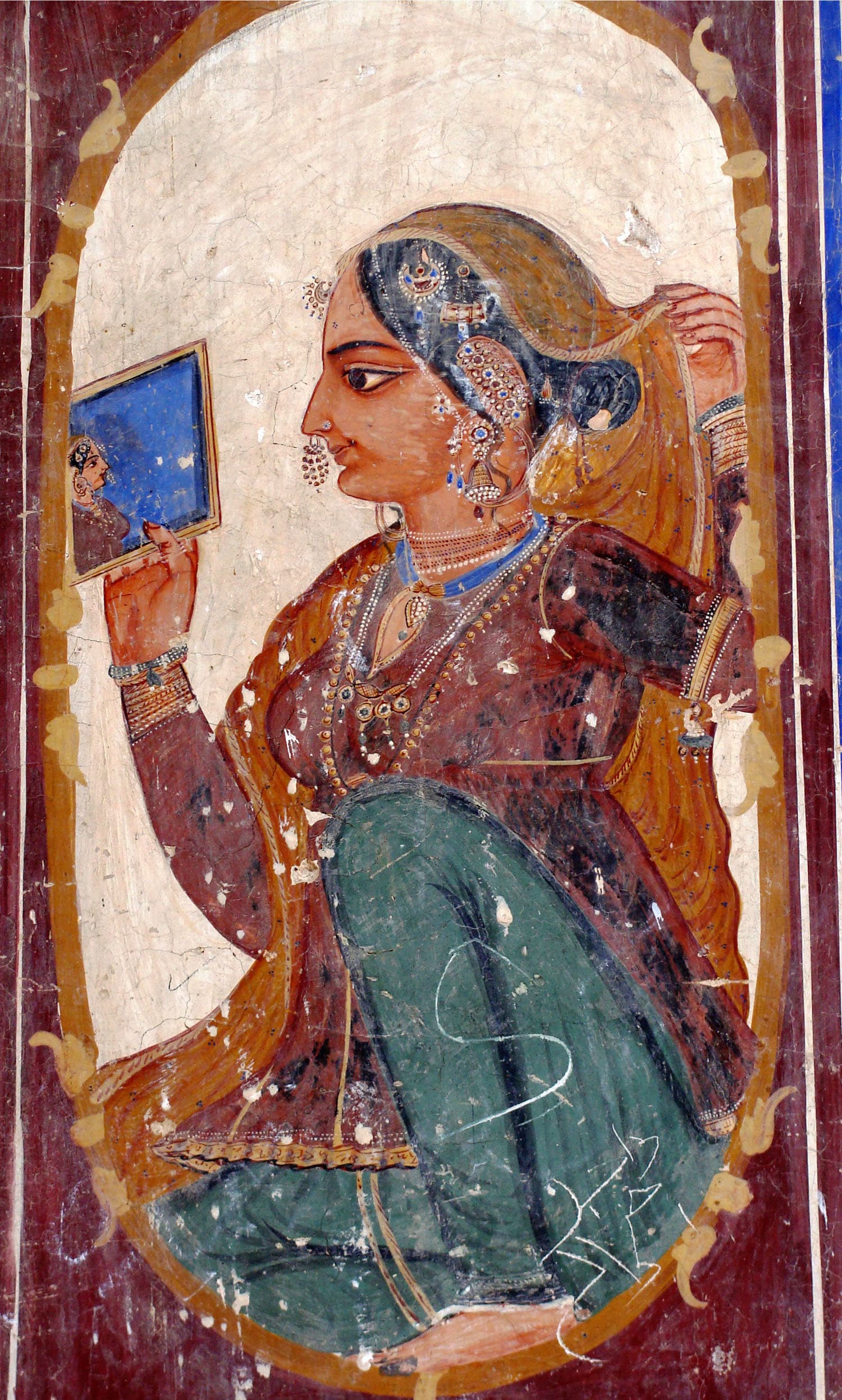Kabira
BANNED

- Joined
- Jul 12, 2014
- Messages
- 14,365
- Reaction score
- -20
- Country
- Location
You've obviously never been to India then. We've got a wide spectrum of races, ethnicities, languages etc.
I know enough about Indian ethnic groups, if one can't find nord-indid in Indian punjabis then what hope is left for rest of India? Remember when i say Indian punjabis i am ignoring punjabis who migrared there from Pakistan who may still have some nord-indids from time to time.








